
Holi or Dolyatra, one of the most popular annual festivals in India, is also known as the Festival of Colours. Basically a Hindu spring festival, it is celebrated all over the country and many other countries outside India. Holi signifies the victory of good over evil, the arrival of the spring, the end of winter and the season of love. However, for many, it is simply a festive day to meet the near and dear ones, fun and frolic, play and laugh, dance and sing, forget and forgive, and a chance to repair the broken relationships.
It starts on the evening of the full moon day, known as Purnima in the country, in the month of Phalgun, which falls somewhere between the end of February and the middle of March. Though it is essentially an ancient Hindu festival, it has become widely popular among the other communities of India and abroad as a spring celebration of love, frolic, and colours. Everybody in the society, rich and poor, men and women, children and elders, enjoy the festivity in high spirit and the coloured powder of Holi erases all the differences between the high and the low in the class lines.
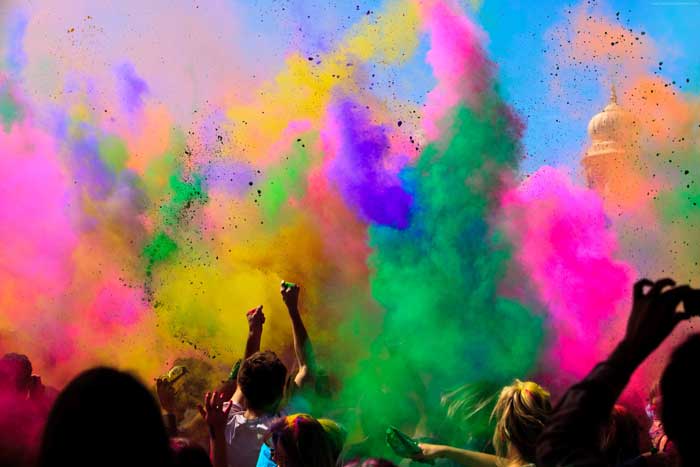
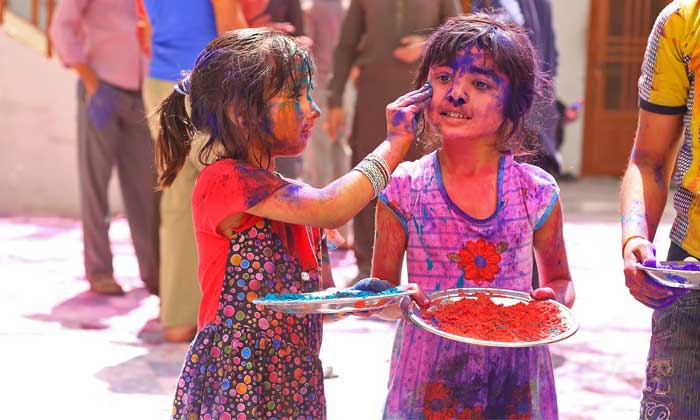
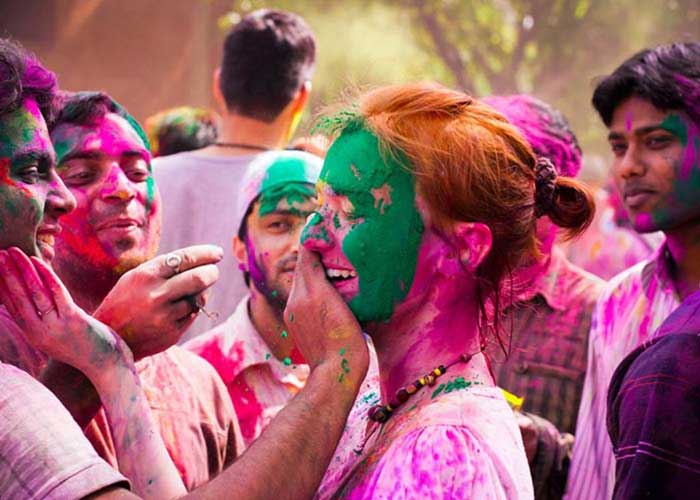
On the eve of Holi, usually soon after the sunset, a pyre is lit with dung and wood, in a symbolic effigy to commemorate the burning and the destruction of Holika, as mentioned in Hindu mythology. Known as the Holika Dahan, the bonfire actually signifies the celebration of the symbolic victory of good over evil.

In fact, the name of the festival is originated from Holika, the sister of the evil King Hiranyakashyapu. According to chapter vii of Bhagavata Purana, Hiranyakashyapu was the king of the Asuras or the demigods, who demanded to be worshipped by everyone, including his own son and ordered that, everyone should worship only him and no other god. However, his son, Prahlad was a holy spirit and was devoted to Lord Vishnu. Despite warnings from his father, he remained devoted to the god as before.
This infuriated Hiranyakashipu and he subjected Prahlada to cruel punishments, but nothing could affect him adversely. Finally, as advised by his brother, Holika took Pralhada in her lap and sit on a pyre. Holika was blessed with a cloak which can protect her from fire. However, as the fire roared, the cloak flew from Holika and encased Prahlada. As a result, while Holika burnt to death, Pralhada was saved by the grace of Lord Vishnu.

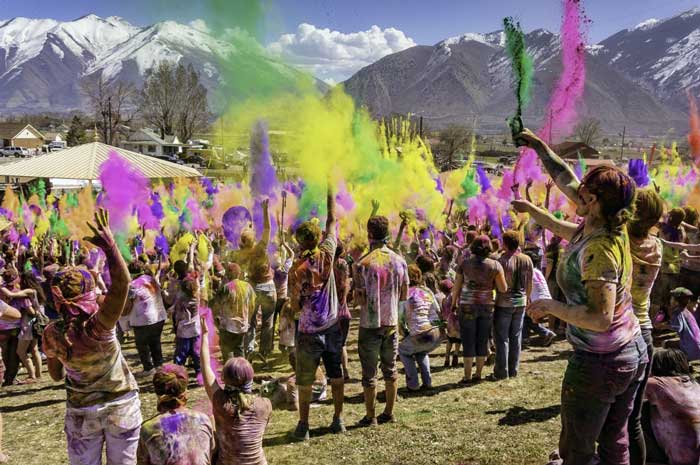
The next morning of Holi is celebrated as Rangwali Holi – a free-for-all festival of colours, when people madly pursue and smear each other with powdered colour or coloured water. Water guns and water-filled balloons are also used to play and drench each other with colours. This part of the celebration also has a Hindu mythological link.

According to legend, Lord Krishna grew up in Vrindavan, the Braja region of India. The festival is celebrated in that area until Rangpanchami in commemoration of the divine love of Radha for Krishna. It indicates the advent of spring and is celebrated as a festival of love. The legend holds that as a child, Krishna complained to mother Yashoda about his dark complexion, while Radha and the other girls (gopini) are fair-skinned. For reply, Yashoda teasingly told him to approach Radha and colour her face with gulal.
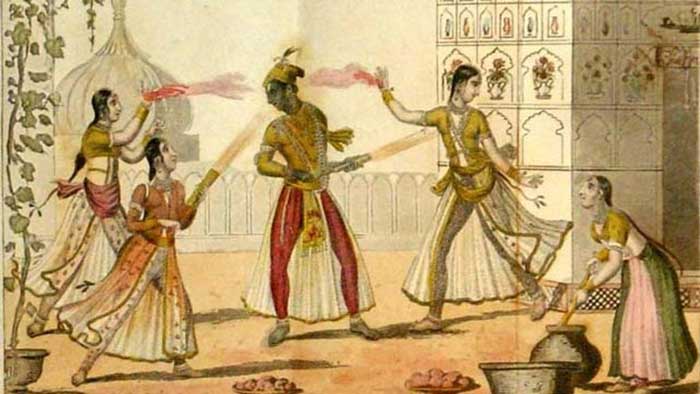
It is interesting to note that, the colours used in the gulal or aabir or faag, have special significance. While blue represents Krishna, green stands for new beginnings and red dye symbolizes love, fertility, and matrimony.
Originally, gulal was made from flowers, spices, and other natural materials like the Flame of the Forest plants and the brilliant Indian Coral Tree, which are enriched with medicinal properties and are beneficial for the skin. Unfortunately, today mostly synthetic dyes are used for the production for making more money, which are toxic and adversely affect the skin. However, recently organic products are also marketed in a limited way.
After end of a mad day, people clean up and take rest. In the evening they visits friends and family or entertain guests. Some customary drinks served for entertainment include intoxicating ‘Bhang’, made from annabis.
